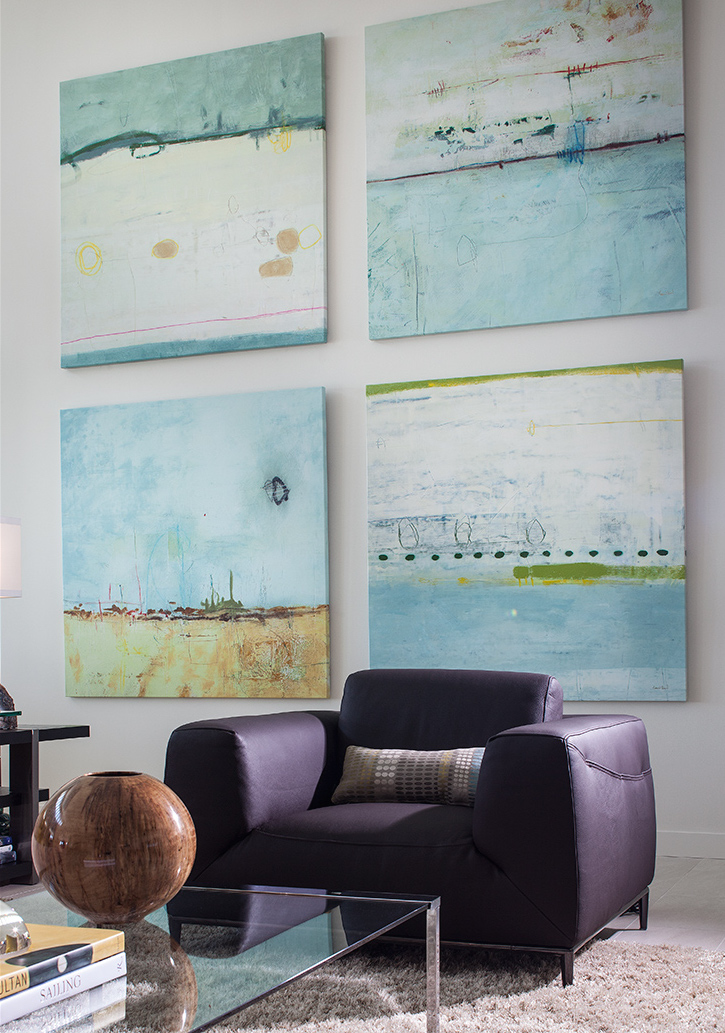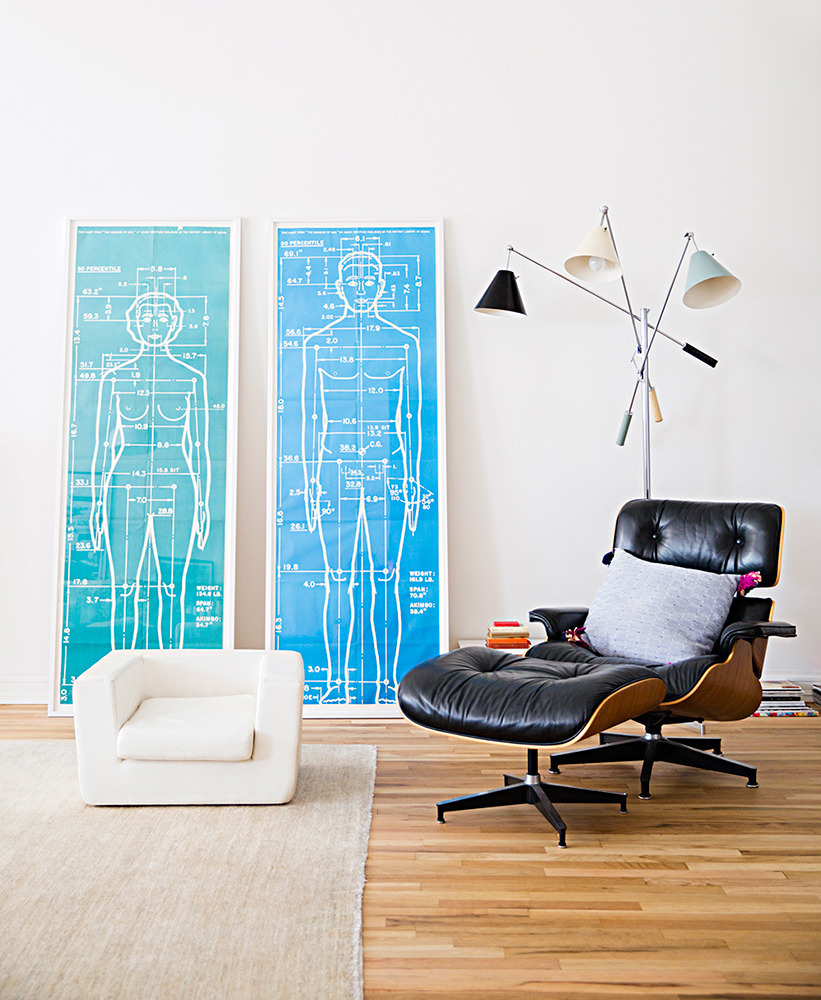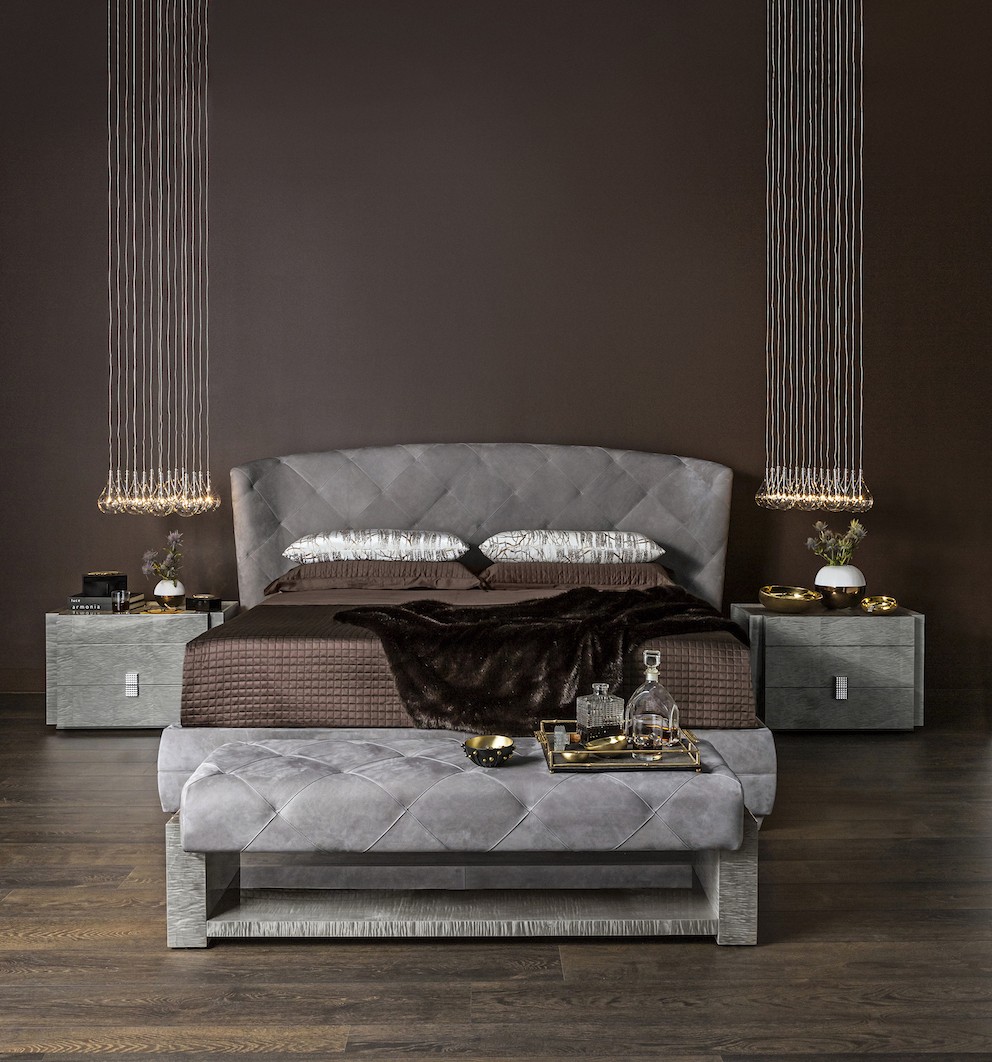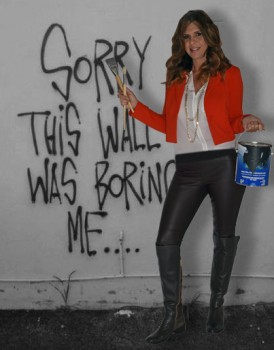“Don’t get hung up on the rules, hang up your art!” -Anne Mancuso, Visual Guru
We think decorating with art is one of the chicest ways to adorn your walls but it can be tough to tackle. Often, there are a lot of questions that arise. Where should I hang it? How high? Does it have to match the rest of my decor? So many of us hesitate over these decisions, searching for the right approach and fearing that we might break an unwritten design rule. But, the irony is that every space is unique and there isn’t a one-size-fits-all solution. So, we sat down with our Visual Guru, Anne Mancuso to get her take on the rules that were made to be broken when it comes to decorating with art. Here’s what she had to say:
In my opinion, there are many misconceptions surrounding the use of art in interior design. I often hear designers say, “in order to make your house feel like a ‘proper’ home — the kind featured in all your favorite magazines – you need to invest in expensive art that should be a certain shape for a particular wall and match your furnishings’ ‘accent colors.’” For example, art doesn’t have to match your sofa, and quite frankly I prefer when it doesn’t. Now, I’m not completely disagreeing with all of these “unwritten rules.” After all, I am an interior design professional with a passion for beautifully done spaces. But, I am also an artist, and the world without art is just “eh.” Below are 5 decorating rules I believe and encourage you to break when it comes to art…
1. You need an art history degree to be an art collector

You don’t need an art history degree or any formal training to fully appreciate and collect art. Whether you know a realism work of art from a cubism, or you don’t have a clue what any of those words mean, it shouldn’t stop you from purchasing them, and it won’t stop you from truly enjoying their beauty. Art is one of the few things that I call a “whole brainer,” meaning it fires the left and right lobes equally–why it can say different things to different people. You may see a cat on a cloud in an abstract piece while the person next to you is wondering “what cat?” Point is, there is never a wrong interpretation and if you are a cat lover, this may be a piece for you.
2. Art must be a certain shape or size to put in a certain place.

You may already have a piece you LOVE but think it’s too small, big, tall, etc. to go over the bed, sofa, and the list goes on…there are however, plenty of ways to hang your coveted work of art where you want while staying within the parameters of good design.
Too small? Don’t center it. Offset it a few inches to the right. The negative space on the left also referred to as “ma,” in Japanese art tradition, will actually add impact.
Too big? Think outside the wall! If you feel like a large piece over your sofa will over-power the room, hang it higher than you normally would. This disconnects it from the furniture below and perceptually makes it appear smaller. Another creative alternative is resting the piece of art on the floor by leaning it against the wall. (See picture above). You can even have a portion of it behind the sofa if you choose.
3. Art should reflect your persona

While it’s amazing to see how a piece of art can so easily reflect our own traits and passion, it’s even greater when it takes you out of your comfort zone. I say, the further, the better! I can’t tell you how many times I’ve had a customer say, “Oh that’s such a cool piece, but it’s not really me.” If you think it’s cool, it’s for you. I would never recommend a sofa in neon colors, even if it spoke to you, but art? A whole different story…be brave!
4. Modern homes must have modern art

If you are a lover of modern design, and I assume you are as you are reading this, you are probably drawn to geometric works, abstracts, photography, and/or color. Don’t be afraid to mix in a few pieces of traditional works, like an inherited heirloom, for example. I have a friend whose entire garage was covered in artwork that her mother painted. She loves them and wanted to display them but didn’t think the rustic style worked in her home. Together, we easily worked a few pieces in, which ended up enhancing her transitional décor further. Don’t let style or subject matter stop you. Your artwork doesn’t necessarily have to be modern in order to live within your modern interiors.
5. You can’t have blank walls

Every wall doesn’t have to be filled today or tomorrow. Collecting and buying art is a never-ending process. In my opinion, art should be purchased to appreciate, not to simply fill an empty wall. If you buy art in this fashion your home begins to tell your story, which is the best kind of interior design.
Most important of all, buy artwork you love and put it where you want! Need some more inspiration? Visit any of our showrooms where you’ll find a variety of eye-catching displays or follow our “Ideas & Inspiration” Pinterest Board!
 Who is Anne?
Who is Anne?
While most of us at Cantoni know her as our Visual Guru, Anne Mancuso is formally known as the Creative Director of our Visuals Department at our flagship store in Dallas. Anne is in charge of conceiving and constructing the innovative and inspiring visual displays Cantoni is known for. Discover Anne’s DIY projects and creative displays along with helpful tips and tricks within the “Ask Anne” section on our Blog. And just remember, whether you’ve got an interior design dilemma or question, simply “Ask Anne!”
